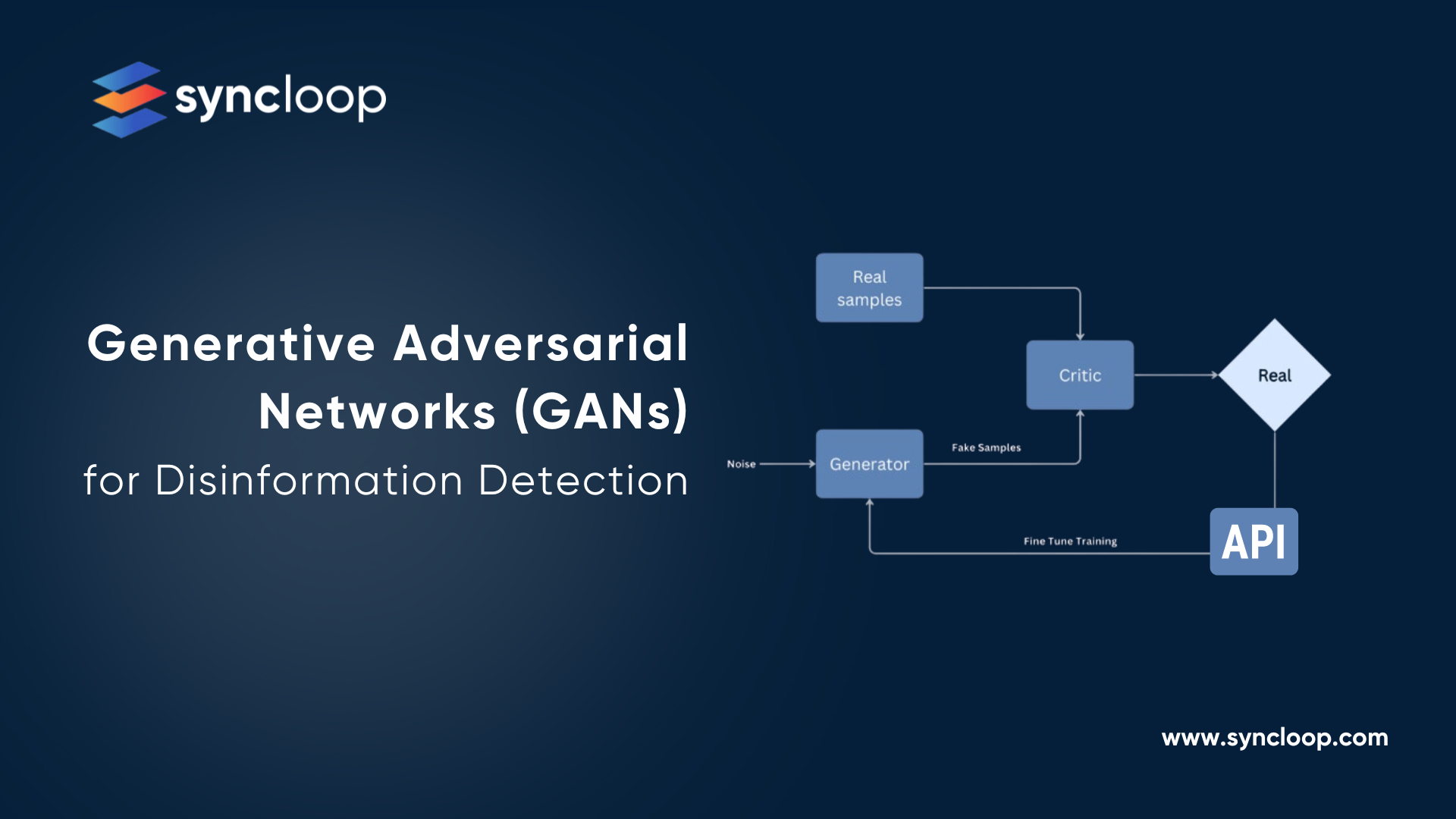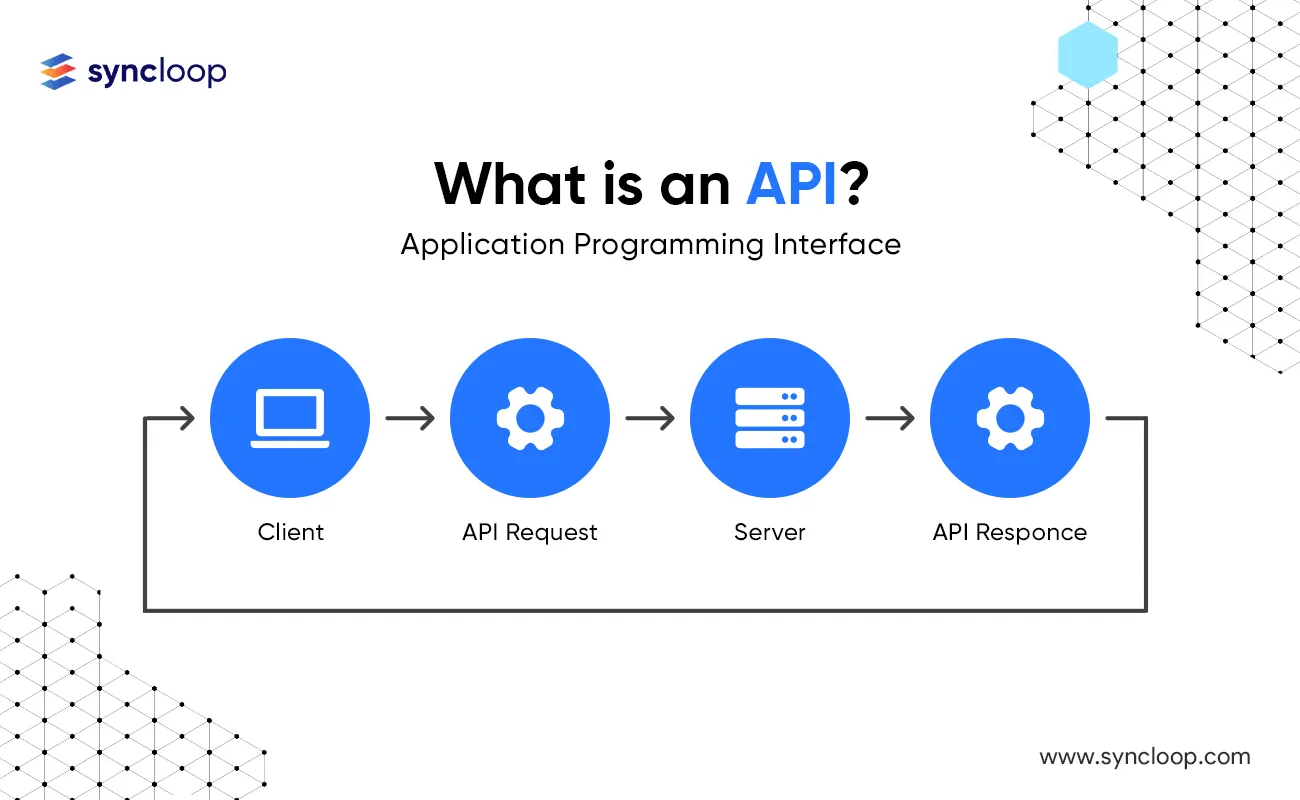Generative Adversarial Networks (GANs) for Disinformation Detection: A Technical Overview
Posted by: Deepak | October 01, 2024

Categories: GANs disinformation, AI disinformation, synthetic data
The proliferation of misinformation and fake news has become a significant global challenge. Traditional detection methods often struggle to keep pace with the sophistication of disinformation campaigns. Generative Adversarial Networks (GANs), a powerful class of machine learning models, offer a promising approach to combating this problem. By generating synthetic data that mimics real-world disinformation, GANs can help train more robust detection models.
Understanding GANs
GANs consist of two neural networks: a generator and a discriminator. The generator creates synthetic data, while the discriminator evaluates its authenticity. Through a competitive process, the generator learns to produce increasingly realistic data, while the discriminator improves its ability to distinguish between real and fake data.
Generating Synthetic Disinformation Data
GANs can be trained on large datasets of real and fake content to generate synthetic disinformation that closely resembles authentic examples. This synthetic data can be used to augment training datasets for disinformation detection models, improving their ability to generalize and detect novel forms of misinformation.
Challenges and Limitations
- Data Quality: The quality of the training data used to train GANs is crucial. Biased or low-quality data can lead to biased or inaccurate synthetic data.
- Computational Cost: Training GANs can be computationally expensive, requiring significant computational resources.
- Evaluation Metrics: Evaluating the quality of synthetic data generated by GANs can be challenging, as there is no ground truth to compare against.
- Ethical Considerations: The use of GANs to generate synthetic disinformation raises ethical concerns, as it could be misused to spread misinformation.
Applications of GANs in Disinformation Detection
- Training Detection Models: Synthetic data generated by GANs can be used to train and improve the performance of disinformation detection models.
- Benchmarking and Evaluation: GANs can be used to create benchmark datasets for evaluating the effectiveness of different disinformation detection techniques.
- Adversarial Attacks: GANs can be used to generate adversarial examples, which are carefully crafted inputs designed to deceive machine learning models, helping to identify vulnerabilities in detection systems.
Tools and Technologies for GAN-Based Disinformation Detection
- Deep Learning Frameworks: TensorFlow, PyTorch, and Keras are popular frameworks for building GANs and training disinformation detection models.
- Data Preprocessing and Augmentation Tools: Libraries like scikit-learn and OpenCV can be used for data preprocessing and augmentation to improve the quality of training data.
- Evaluation Metrics: Metrics like accuracy, precision, recall, and F1-score can be used to evaluate the performance of disinformation detection models.
- Cloud Platforms: Cloud platforms like Google Cloud Platform, AWS, and Azure provide cloud-based infrastructure and tools for training and deploying GANs.
Integrating GANs into Disinformation Detection Systems
- Data Collection and Preparation: Collect a diverse dataset of real and fake content to train the GAN.
- GAN Training: Train the GAN to generate realistic synthetic data.
- Model Integration: Integrate the GAN-generated data into the training dataset for the disinformation detection model.
- Model Evaluation: Evaluate the performance of the disinformation detection model using appropriate metrics.
- Continuous Monitoring: Monitor the performance of the detection model and retrain it as needed to adapt to evolving disinformation techniques.
Conclusion
GANs offer a promising approach to combating disinformation by generating synthetic data to enhance the training of detection models. By leveraging the latest tools and technologies, researchers and practitioners can build more robust and resilient systems for detecting and mitigating the spread of misinformation.
Syncloop, while not directly involved in AI or machine learning, can still play a supporting role in the development and deployment of GAN-based disinformation detection systems.
- API Design and Documentation: Syncloop can be used to design and document APIs that expose the functionality of GAN-based models, making them accessible to other applications and services.
- Collaboration: Syncloop can facilitate collaboration between teams involved in developing and deploying GANs, ensuring efficient communication and knowledge sharing.
- Version Control: Syncloop's version control features can help manage changes to APIs and models, ensuring consistency and traceability.
By utilizing Syncloop for API development and management, organizations can streamline the process of integrating GANs into their disinformation detection systems, improving efficiency and accelerating time-to-market.
Back to Blogs

